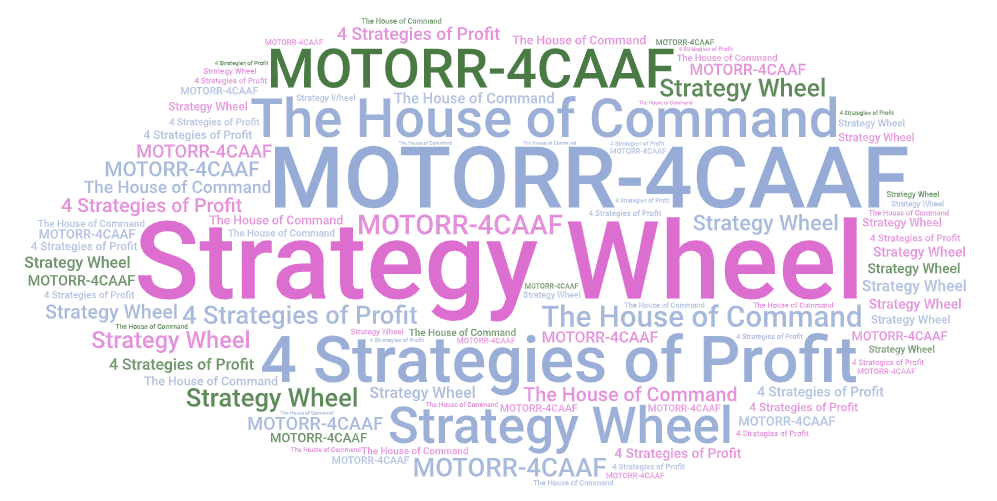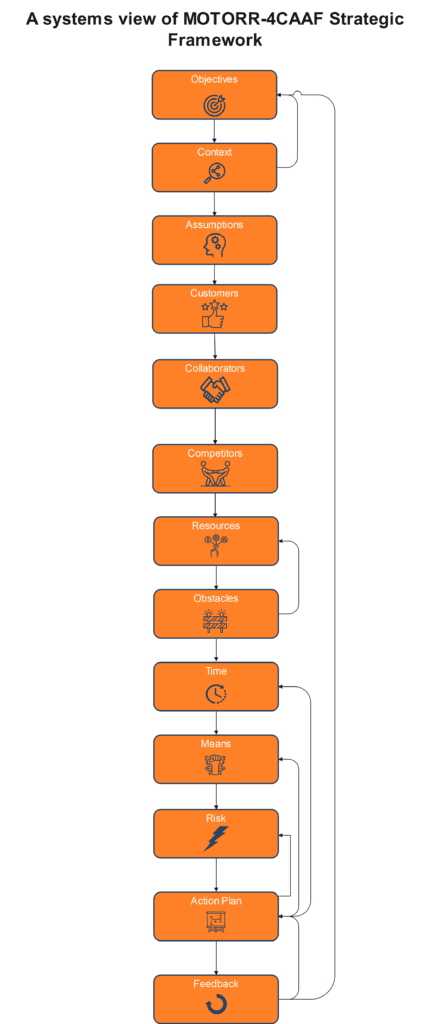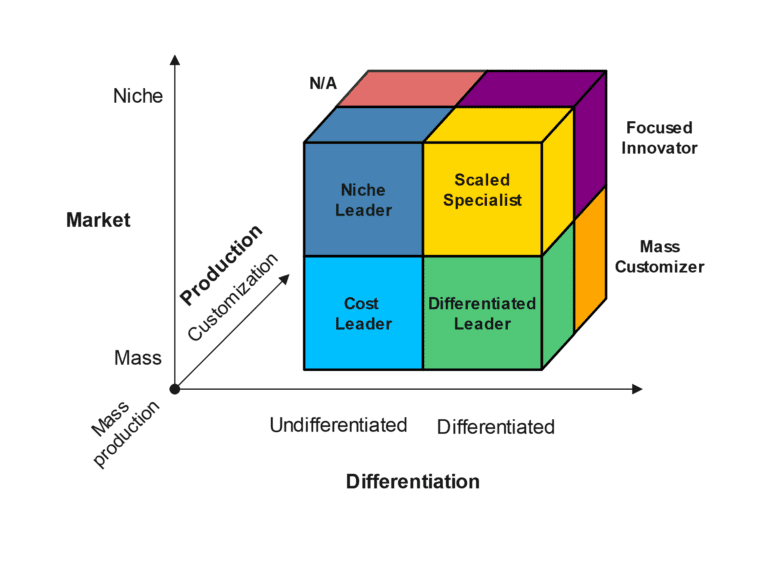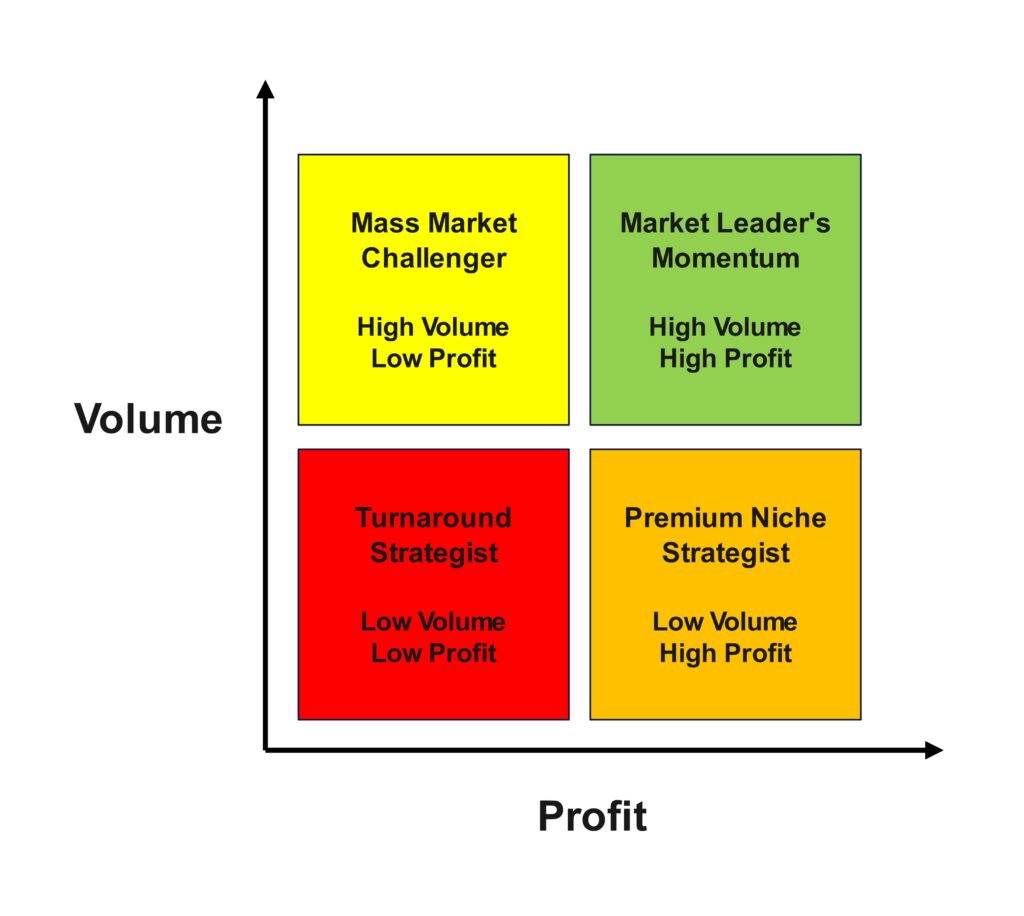Master Strategy with Proven Models & Consulting
Unlock powerful frameworks to navigate complexity and drive success.
Strategic Thinking Redefined
Our models provide structured, logical, and adaptable solutions for businesses, politics, military, and more. Developed by Perikles Vrouvas, these frameworks help professionals navigate complexity with clarity and precision.

The Strategy Wheel: A Universal Model for Success
A structured approach to strategic planning and execution, applicable across business, politics, military, and decision-making.
1.Define and accomplish objectives
Set clear strategic goals and define what success looks like.
2.overcome obstacles
Identify and remove barriers blocking progress.
3.combine resources
Leverage assets and capabilities for maximum impact.
4.assess risk
Evaluate potential risks and develop mitigation strategies.
5.forge alliances
Establish strategic partnerships to strengthen positioning.
6.make plans
Develop a structured action plan with contingencies.
7.manage logistics
Optimize supply chains and operational workflows.
8.use means
Implement the strategy using available resources.
9.win opponents
Execute competitive strategies to achieve dominance.
10.adapt & learn through feedback
Analyze outcomes and continuously improve strategic approaches.
MOTORR-4CAAF: A Systematic Decision-Making Model
The MOTORR-4CAAF framework ensures a structured approach to strategy, combining deliberate analysis with adaptable execution. It provides a step-by-step method for identifying threats, leveraging opportunities, and making strategic decisions across various sectors.
M - Mission
Define clear strategic goals and objectives.
O - Obstacles
Identify challenges that could hinder success.
T - Threats
Assess external dangers to your strategy.
O - Opportunities
Recognize potential areas for growth or advantage.
R - Resources
Evaluate human, financial, and technological assets.
R - Risks
Analyze potential negative outcomes and mitigations.
C - Combine
Leverage different assets to create strategic advantages.
C - Coordinate
Ensure efficient teamwork and resource allocation.
C - Control
Monitor progress and maintain coherence in strategy.
C - Communicate
Keep stakeholders informed and aligned.
A - Assess
Stay flexible and adjust based on evolving conditions.
F - Feedback
Use insights from execution to refine future decisions.

The Strategic Positioning Cube: Navigate Competitive Landscapes
A three-dimensional framework for strategic analysis, helping businesses optimize positioning, resource allocation, and adaptability.
competitive advantage
Measures the strength of your market position based on differentiation and value creation.
Resource Allocation
Evaluates how effectively you deploy financial, technological, and human resources.
Strategic Flexibility
Determines how quickly and efficiently you can respond to market shifts and challenges.

The 4 Strategies of Profit: Maximizing Business Potential
The 4 Strategies of Profit model categorizes businesses based on Volume and Profitability, helping them determine their optimal approach to growth and sustainability. The four quadrants represent different strategic pathways
✅ Market Leader’s Momentum (High Volume, High Profit)
- Companies in this category have strong market dominance, benefiting from large-scale operations and high profitability.
- Success is achieved through brand loyalty, cost leadership, and economies of scale.
- Example: Global corporations like Apple or Amazon that dominate their industries with both high sales volume and strong profit margins.
✅ Mass Market Challenger (High Volume, Low Profit)
- Businesses in this segment compete on volume, sacrificing profit margins to gain market share.
- Strategy focuses on cost efficiency, operational optimization, and aggressive pricing.
- Example: Budget airlines or fast fashion brands like Ryanair and H&M, which operate on high sales volume but low per-unit profit.
✅ Premium Niche Strategist (Low Volume, High Profit)
- Companies in this category serve specialized markets with high-value offerings, focusing on product differentiation and premium pricing.
- Strategy revolves around brand exclusivity, innovation, and superior quality.
- Example: Luxury brands like Rolex or Ferrari, which sell fewer units but at very high margins.
✅ Turnaround Strategist (Low Volume, Low Profit)
- Businesses in this quadrant are in crisis or early-stage growth, often struggling with low sales and poor profitability.
- Strategy involves restructuring, innovation, or aggressive marketing efforts to reposition in the market.
- Example: A struggling retail chain implementing a turnaround plan to regain financial stability.

